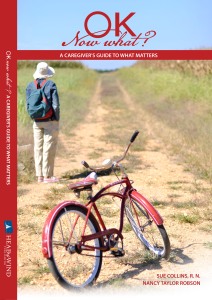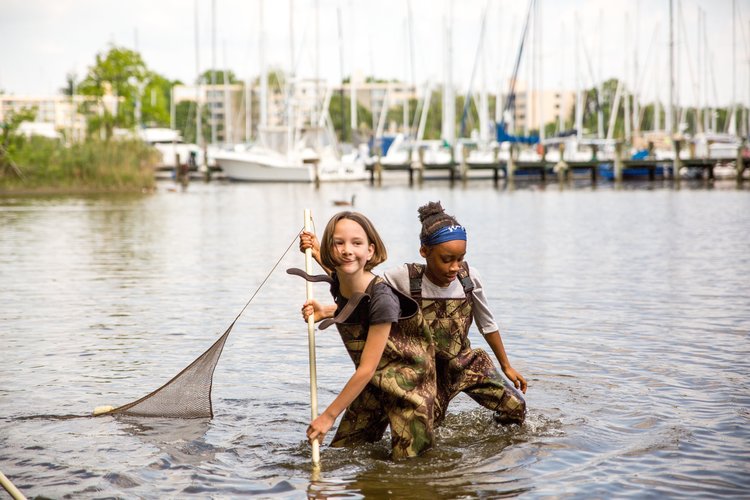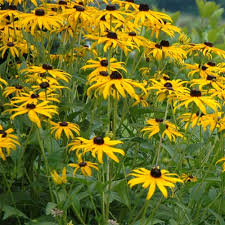
Let me state right up front: I’d recommend this book to every newby gardener I could find.
The pandemic produced a cohort (pun intended) of new gardeners who, confined to quarters, wisely looked to Nature to enhance their lives and those of their neighbors. They peered around the outdoor spaces of what had become their enforced staycation spot and thought: OK, now what?
The McManuses have answers. Like more formal ‘horticultural’ books, the McManuses offer encouragement in the form of what a life-enhancing and educational enterprise gardening is, but they steer clear of the ‘look what I have that you don’t’ competitiveness that can erupt among even the most civilized gardeners. They know that what virtually every gardener, new or not, needs most, aside from encouragement, is down-to-earth, science-based advice.
There’s plenty here, and it’s organized in a clear, concise and straightforward way with pullout boxes of tips, planting hacks, and more, making it easy to hunt up answers to questions on the spur of the moment. For example, if you’re wondering how to sift through the Las-Vegas-showgirl cast of inappropriate horticultural characters you can find at big box stores, they suggest, gently, you do some quick homework about your own space first – figure out your sun, shade, soil type, hardiness zone. Then, when you go, read the plant tags instead of getting seduced by the showy leaves or bosomy blooms of something that will be a huge disappointment as well as waste of time and money.
There’s a primer on compost, its relationship to soil care, including improving tilth, as well as creating it in your very own space from your very own vegetative kitchen waste. Composting is not only a way to wring every last nutrient out of the money you’ve spent on veggies and fruits at the market. It also cuts down on garbage (and therefore what goes into municipal landfills). Win-win-win.
There are alsolots of photos that illustrate all the things they are working to inform new – and maybe even some experienced – gardeners about.
I was mildly disappointed that the book did not include at least a mention of vegetables, which are beautiful annual plants in addition to their food value, and with that a mention of testing the soil not only for its texture (something they quite rightly say you can do yourself) but for its pH and possible contaminants (which can be done by several university extension services). A professional soil test is important to anyone who wants to grow something to eat.
Urbanites were especially hard hit by their pandemic confinement in 2020, and many people started small first-time victory gardens when they ran out of freezer-burned vegetables and dried beans. (Raised beds and organic potting soil can usually solve the contaminated soil issue, but you need to know). The book has various pieces on pollinators, which is another reason I was hoping there would be a few veggies in there – a variegated-leafed fish pepper plant or an apricot runner bean. Imagine hummingbirds in the beautiful blooms of your beans that are climbing up a trellis in your sunny border. The pollinators (butterflies! honeybees!) like veg blooms as well as native perennials and annuals and will ensure that the vegetables will be pollinated without any other effort on your part. (China has so degraded some parts of its rural environment that apples and other fruits have to be hand-pollinated). But I slightly digress: the absence of veggies and soil testing for chemistry in the book is a mere quibble. As I said initially, I’d recommend it to virtually all the new gardening initiates I could find because:
The First Time Gardener tackles in a friendly, succinct and easily accessible way, a range of things any gardener, but especially a new gardener, will need to know.





 For several days I’ve had a bookmark on a post that I’d read but had not linked to (from sheer laziness primarily, but also a little bit of clearing out, so I’m not a complete slug). Then a friend had a fall, ended up in the hospital and as of yesterday, had a new hip installed. I’m so grateful that my friend will be OK in time. I’m also grateful that replacement parts are available. (We can have the insurance discussion later).
For several days I’ve had a bookmark on a post that I’d read but had not linked to (from sheer laziness primarily, but also a little bit of clearing out, so I’m not a complete slug). Then a friend had a fall, ended up in the hospital and as of yesterday, had a new hip installed. I’m so grateful that my friend will be OK in time. I’m also grateful that replacement parts are available. (We can have the insurance discussion later).
 OK Now What? A Caregiver’s Guide to What Matters offers a chapter called: Paperwork and Practicalities. It gives a straightforward view of the official documents a caregiver needs in order to pay a loved one’s bills, talk with doctors and other medical providers, get information from insurance companies and chase down any billing discrepancies (which sometimes happens — I’m sure you’ve seen it) that need to be corrected. This paperwork (Power of Attorney [POA], Medical Power of Attorney or ‘Health Care Agent,’ and Living Will) should all be in place before there comes a time the person is no longer able to make well-founded decisions for him or herself. Obtaining it can sometimes be a complicated and fraught discussion with a parent, grandparent or even a spouse, depending on the relationship, obviously, but it can also be one that offers a chance to get to know a loved one in a new way, a way to cement relationships and quell fears. In any case, it’s a crucial discussion to have before things begin to slide irreparably.
OK Now What? A Caregiver’s Guide to What Matters offers a chapter called: Paperwork and Practicalities. It gives a straightforward view of the official documents a caregiver needs in order to pay a loved one’s bills, talk with doctors and other medical providers, get information from insurance companies and chase down any billing discrepancies (which sometimes happens — I’m sure you’ve seen it) that need to be corrected. This paperwork (Power of Attorney [POA], Medical Power of Attorney or ‘Health Care Agent,’ and Living Will) should all be in place before there comes a time the person is no longer able to make well-founded decisions for him or herself. Obtaining it can sometimes be a complicated and fraught discussion with a parent, grandparent or even a spouse, depending on the relationship, obviously, but it can also be one that offers a chance to get to know a loved one in a new way, a way to cement relationships and quell fears. In any case, it’s a crucial discussion to have before things begin to slide irreparably.

 When my dad was diagnosed with bone cancer, my brother made sure he was at every doctor’s visit with Pop. He wanted to be there to listen, even record it, and be able to use the information to help our father make the best decisions possible in his individual circumstances. It was more than a huge help; it was a necessity. Pop, who had always been so on top of things, was somewhat shell-shocked and was not taking in what was being said. Had my brother not been there to act as a bridge between what the doctor was saying and what we as lay people understood, the last years of our father’s life would have gone quite differently.
When my dad was diagnosed with bone cancer, my brother made sure he was at every doctor’s visit with Pop. He wanted to be there to listen, even record it, and be able to use the information to help our father make the best decisions possible in his individual circumstances. It was more than a huge help; it was a necessity. Pop, who had always been so on top of things, was somewhat shell-shocked and was not taking in what was being said. Had my brother not been there to act as a bridge between what the doctor was saying and what we as lay people understood, the last years of our father’s life would have gone quite differently.



